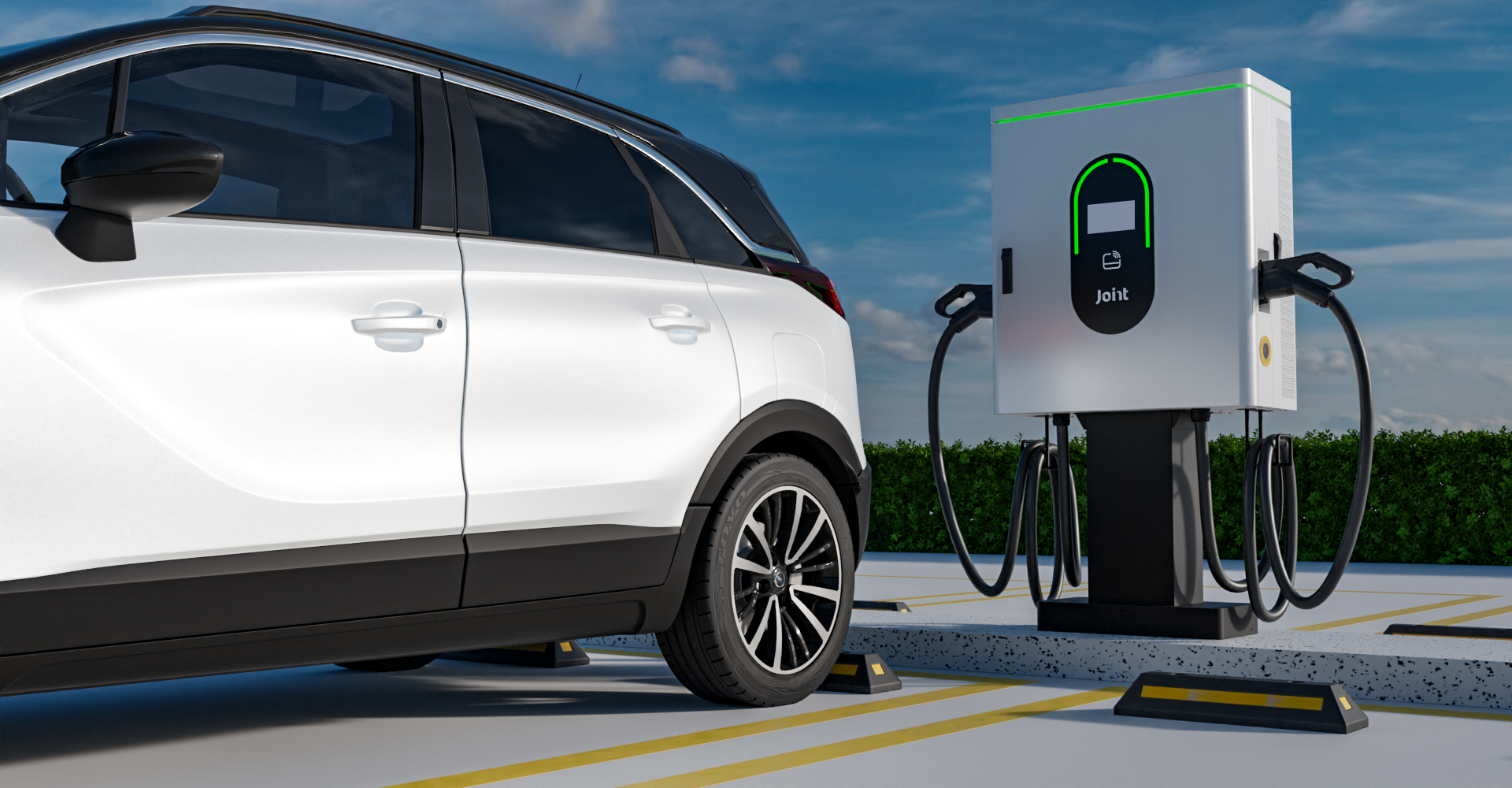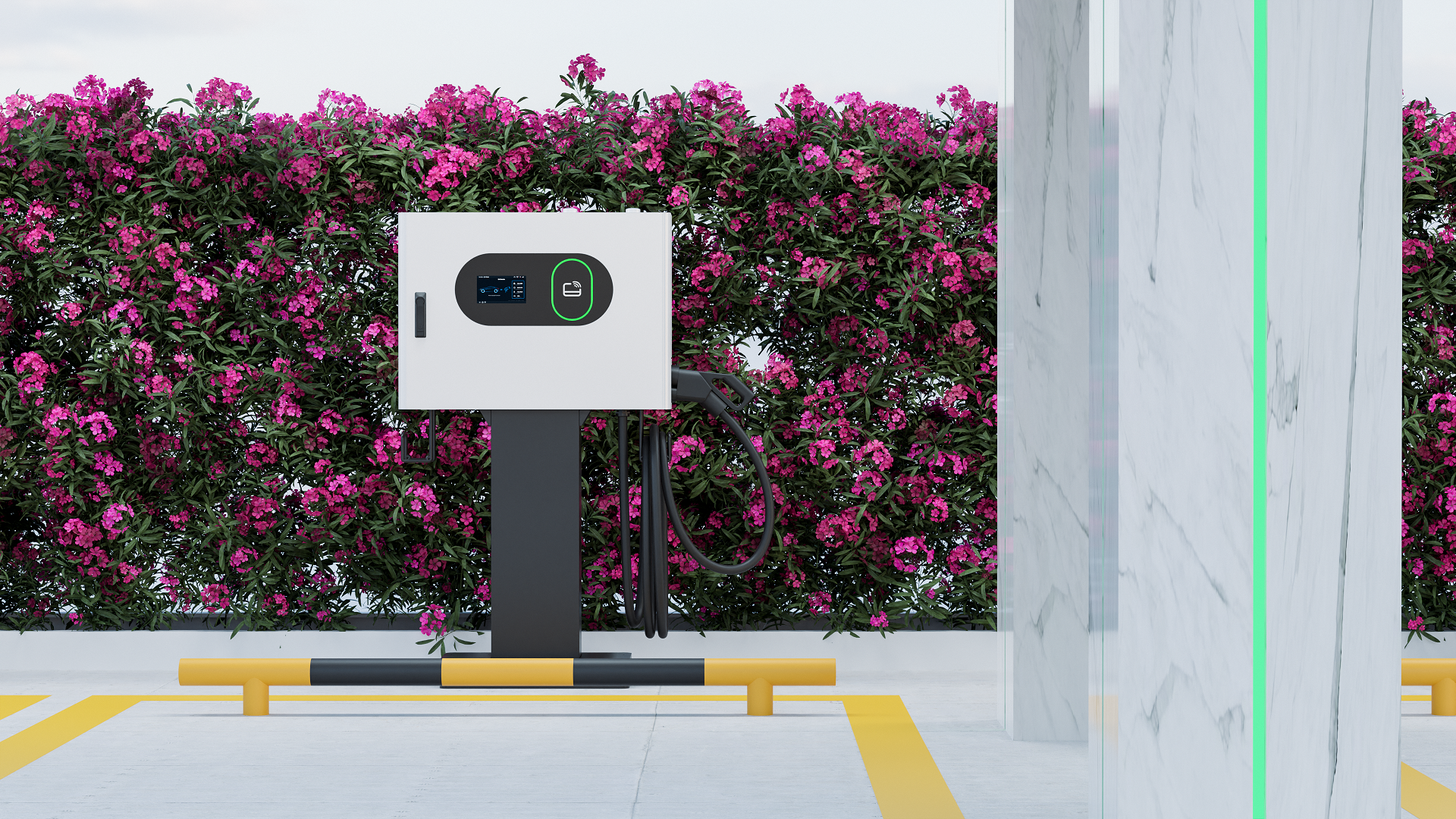
Will Ultra-Fast Charging Be the Decisive Factor in EV Adoption?
The global transportation paradigm is undergoing a profound metamorphosis, catalyzed by the accelerating shift from internal combustion engines to electric powertrains. Central to this transformation is the development of infrastructure and technologies that reduce the friction of transition for the average consumer. Among these innovations, ultra-fast charging—once a speculative convenience—is increasingly viewed as a potential linchpin in achieving mass adoption of electric vehicles (EVs). This article examines whether the ability to charge an EV in a fraction of the time could become the decisive factor in transitioning from early enthusiasm to widespread normalization.
What’s Driving the EV Revolution?
The electric vehicle movement is propelled by a confluence of economic, environmental, and policy-oriented imperatives. Globally, governments are instituting stringent emission reduction targets, phasing out fossil fuel subsidies, and incentivizing low-emission vehicle purchases. Simultaneously, advances in lithium-ion battery technology have significantly improved energy density, reduced cost per kilowatt-hour, and extended vehicle range—thereby eliminating several of the core limitations that once hampered electric mobility.
Consumer sentiment is also evolving. A growing awareness of the climate crisis and a desire for cleaner technologies have driven demand, particularly in urban centers where air pollution is a visible concern. Moreover, geopolitical uncertainties in oil-producing regions have heightened the appeal of domestic energy security through electrification. The result is a market rapidly diversifying and maturing, but one that still contends with significant infrastructural and psychological barriers.
Why Charging Speed Might Be a Game-Changer
Charging time represents a critical variable in the decision matrix of potential EV adopters. Unlike the near-instantaneous refueling of gasoline vehicles, traditional EV charging entails considerable wait times—often perceived as a substantial inconvenience. Ultra-fast charging, defined by its ability to deliver 150 kW or more of power to a vehicle, has the potential to dramatically reduce this downtime.
The psychological significance of this capability cannot be overstated. It introduces a semblance of parity with internal combustion engine (ICE) vehicles in terms of user convenience, addressing a latent anxiety associated with long recharging intervals. If universally available and economically viable, ultra-fast charging could redefine expectations and become a pivotal motivator for consumers on the fence.
The EV Adoption Curve: Where Are We Now?
1. From Early Adopters to Mass Market
Electric vehicle adoption has historically followed the classic technology diffusion curve. In its current phase, many markets—particularly in Europe, North America, and parts of Asia—have progressed from early adopters to the early majority. This inflection point is crucial: while early adopters tolerate limitations for ideological or experiential reasons, the early majority demands functionality, convenience, and cost-effectiveness.
Bridging this chasm requires addressing the broader population's practical needs and lifestyle compatibility. It is within this context that innovations such as ultra-fast charging become not merely advantageous but potentially essential.
2. Barriers Still Holding Back Widespread EV Use
Despite the momentum, multiple impediments persist. Range anxiety remains pervasive, fueled by inconsistent charging availability and limited fast-charging access outside metropolitan areas. The high capital cost of EVs—despite lower total cost of ownership—continues to deter price-sensitive consumers. Additionally, the heterogeneity of charging standards, connectors, and payment systems introduces unnecessary complexity.
For mass adoption to materialize, these systemic barriers must be holistically addressed. Ultra-fast charging, while impactful, cannot function in a vacuum.
Understanding Ultra-Fast Charging
1. What Is Ultra-Fast Charging and How Does It Work?
Ultra-fast charging involves high-capacity direct current (DC) delivery—typically 150 kW to 350 kW or beyond—to a compatible electric vehicle, enabling rapid replenishment of battery reserves. These systems require advanced power electronics, robust thermal management, and vehicle architectures that can safely accommodate elevated voltages and currents.
Unlike Level 1 (AC) and Level 2 chargers, which are often used in residential or workplace settings, ultra-fast chargers are typically deployed along highway corridors and high-traffic urban zones. Their integration into broader energy networks necessitates not only physical infrastructure but also real-time data communication and load balancing technologies.
2. Speed Stats: How Fast Is “Fast Enough”?
Empirical benchmarks illustrate the significance of these advancements. The Porsche Taycan, for instance, can charge from 5% to 80% in approximately 22 minutes on a 270 kW charger. Similarly, Hyundai’s Ioniq 5 can recover nearly 100 km of range in just five minutes with 350 kW charging capability.
These figures represent a paradigm shift from the standard experience of home charging, which can take several hours. In essence, ultra-fast charging transitions EVs from overnight appliances to dynamic, real-time tools.
Why Charging Speed Matters to Drivers
1. Time Is the New Currency: Consumer Expectations
In the contemporary mobility economy, time efficiency is paramount. Consumers increasingly prioritize convenience and immediacy, favoring technologies that seamlessly integrate into their lifestyles. Long charging times, by contrast, impose behavioral constraints and logistical planning.
Ultra-fast charging mitigates this friction by enabling spontaneous travel and reducing reliance on pre-planned charging windows. For prospective EV users, the difference between a 20-minute charge and a two-hour delay can be decisive.
2. Range Anxiety’s New Nemesis: Ultra-Fast Charging
Range anxiety—though partially rooted in perception—remains one of the most cited deterrents to EV adoption. The fear of insufficient charge or limited charging opportunities during long-distance travel undermines confidence in electric mobility.
Ultra-fast charging directly addresses this concern. With rapid top-ups available at intervals analogous to traditional gas stations, EV drivers gain the assurance of uninterrupted mobility. This transforms range anxiety from a deal-breaker into a manageable inconvenience.
The Infrastructure Challenge
1. Building the Backbone: Can the Grid Handle It?
The integration of ultra-fast charging infrastructure poses formidable challenges to national and regional power grids. High-capacity chargers require robust and resilient electrical backbones capable of managing surges in demand without destabilizing supply.
Grid operators must account for localized demand peaks, upgrade substations, and invest in energy storage systems to smooth out variability. Smart grid technologies, including real-time load balancing and predictive analytics, are essential to prevent bottlenecks and outages.
2. Public vs Private Investment in Charging Networks
The question of responsibility—who should fund and manage charging infrastructure—remains contentious. Public investment is vital for equitable access and rural deployment, while private enterprises offer scalability and innovation.
A hybridized model, combining public-sector incentives with private-sector efficiency, is emerging as the most pragmatic approach. Regulatory frameworks must facilitate interoperability, standardization, and transparent pricing to ensure long-term viability.
Ultra-Fast Charging Around the World
1. Leading the Charge: Countries Pushing the Limits
Nations such as Norway, the Netherlands, and China have aggressively pursued ultra-fast charging deployment. Norway boasts one of the highest EV penetration rates globally, underpinned by an expansive and reliable charging network. China’s strategy involves a vast buildout of high-speed stations along major transit routes and urban zones, often linked with domestic energy generation.
The United States, under federal infrastructure initiatives, is allocating billions toward charging corridors, prioritizing underserved regions and interstate highways.
2. Lessons from Global Success Stories
Key takeaways from these early adopters include the importance of cohesive policy frameworks, seamless user experience, and equitable geographic distribution. Moreover, coordinated urban planning and cross-industry collaboration have been instrumental in overcoming deployment hurdles.
Regions seeking to replicate this success must adapt these lessons to their unique economic and infrastructural contexts.

Automaker Strategies and Tech Innovations
1. How Car Manufacturers Are Responding
Automakers are reengineering vehicle platforms to accommodate ultra-fast charging capabilities. This entails redesigning battery management systems, optimizing cell chemistry for thermal stability, and implementing 800-volt architectures that reduce charging resistance and heat buildup.
Strategic alliances with charging providers—such as Ford’s partnership with Electrify America or Mercedes-Benz’s upcoming global charging network—illustrate the shift from product to service integration.
2. Battery Tech Breakthroughs Enabling Faster Charging
Solid-state batteries, currently in advanced development stages, promise shorter charging times, higher energy densities, and greater thermal safety. Concurrently, innovations in silicon-based anodes and electrolyte formulations are improving charge acceptance rates without accelerating degradation.
Thermal management systems—employing liquid cooling, phase-change materials, and advanced diagnostics—further optimize charging efficiency and battery longevity.
Cost vs Convenience: A Delicate Balance
1. Who Pays the Price for Ultra-Fast Charging?
Ultra-fast charging infrastructure is capital-intensive. High installation and maintenance costs are often passed on to consumers through elevated per-kWh rates. This introduces questions about access equity and affordability, particularly in low-income communities.
Operators must balance profitability with inclusivity, possibly through tiered pricing models or government subsidies.
2. Can Fast Charging Be Both Affordable and Scalable?
Scalability hinges on economies of scale, regulatory incentives, and technological standardization. Modular charging stations, integrated with renewable sources and battery storage, can reduce operating costs over time.
Innovative financing models—such as leasing agreements, carbon credits, or public-private consortia—may accelerate deployment without inflating end-user prices.
Environmental Impact and Sustainability
1. Does Faster Charging Mean Higher Carbon Footprints?
While EVs are inherently cleaner than ICE vehicles, ultra-fast charging stations can temporarily increase local energy demand, often fulfilled by fossil-fuel plants in regions lacking renewables. This paradox underscores the importance of grid decarbonization.
Without clean energy integration, ultra-fast charging risks becoming an environmental half-measure.
2. Green Energy and the Future of Charging
To realize its full sustainability potential, ultra-fast charging must be embedded within a low-carbon grid. This includes solar-powered charging stations, wind-fed microgrids, and vehicle-to-grid (V2G) systems that dynamically distribute energy.
Policy instruments such as Renewable Energy Certificates (RECs) and carbon-offset programs can further enhance environmental stewardship.
The Business Perspective
1. How Fast Charging Could Shape the EV Business Model
Fleet operators, logistics providers, and rideshare companies stand to benefit from reduced vehicle downtime. Fast charging redefines operational efficiency, enabling shorter turnaround times and higher asset utilization.
Dealerships may incorporate fast charging as a value-added service, differentiating their offerings and strengthening customer loyalty.
2. EV Charging as a Competitive Advantage
Charging ecosystems are rapidly becoming competitive differentiators. Automakers and tech firms are investing in proprietary networks to secure user loyalty and control the customer journey.
In this paradigm, charging is no longer auxiliary—it is central to brand identity and value proposition.
The Road Ahead: Will Speed Seal the Deal?
1. Will Ultra-Fast Charging Tip the Scales?
While not a panacea, ultra-fast charging could be the keystone innovation that enables electric vehicles to overcome residual hesitancy. Its impact extends beyond utility; it reshapes consumer perception and closes the experiential gap with ICE vehicles.
Mass adoption hinges on cumulative improvements, but charging speed may prove the most psychologically transformative.
1. Other Critical Factors Still in Play
Despite its significance, charging speed exists within a complex matrix. Vehicle cost, design aesthetics, brand trust, and after-sales support remain influential. Moreover, equitable access and rural infrastructure development are equally determinative.
The path to full electrification requires a multidimensional approach—charging speed is one axis of a broader vector.
Conclusion
Ultra-fast charging represents a salient advancement in the ongoing electrification of transportation. Its capacity to mitigate range anxiety, enhance convenience, and normalize EV usage marks it as a powerful catalyst in the adoption landscape.
Yet its success will depend on integrative policy, cross-sector collaboration, and sustainable implementation. As technological innovation accelerates and public sentiment shifts, the decisive role of ultra-fast charging may soon become not merely probable—but inevitable.
Post time: Apr-11-2025
